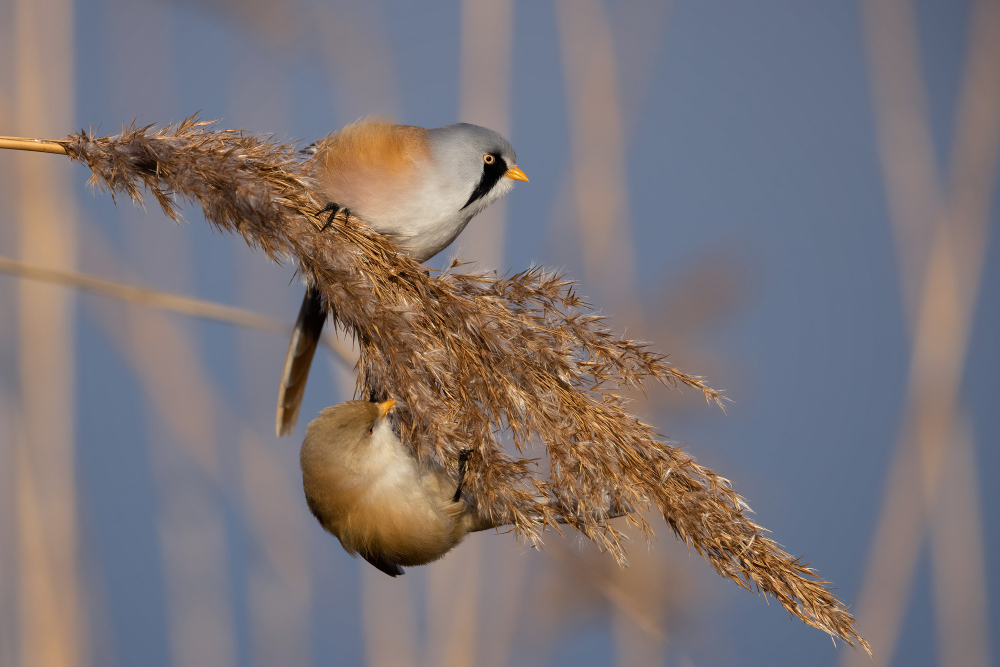Birds are active participants in our greater ecosystem. By contributing to soil and water conservation, they have proven an important cog in the sustenance of our environment. Most birds also function as effective seed dispensers, predators, and pollinators.
This article will look at the present state of the different types of birds found in Canada. We’ll learn about their population trends over time and what we can do to aid their protection. Read on to learn more.
Waterfowl and Wetland Birds
The availability of wetlands in Canada is decreasing each day. This means waterfowl and wetland birds, such as species of ducks and geese, are running out of safe places to sleep and forage in.
The good news is that there are steps we can take to prevent the loss of habitat for these birds. Such measures include responsible industrial practices that reduce the amount of running water that gets lost or polluted. Further, partnerships with wetland cooperatives, and investments in conservation organizations such as the Canadian Wildlife Habitat Conservation (CWHC), can also aid in the preservation of waterfowl.
Grassland Birds
The constant conversion of open grasslands into cultivated land has deeply altered the breeding and hibernation patterns of grassland birds. The affected species include the likes of Swainson’s hawks, which find it increasingly difficult to find adequate time to procreate or care for their offspring, especially during the winters.
Over the last 50 years, more than 300 million of these birds have been lost. Sustainable farming techniques, along with ecologically sound grazing practices, are some of the ways to help preserve the native habitat for these birds.

Shorebirds
These are the birds that rely on coastal regions for their habitat. Unfortunately, shorebirds, particularly the type that undergoes long-distance migrations, have declined by as much as 40% over the years. Affected birds include the Red Knot, a species well-known for the 30,000 km long journey that it carries out each year.
To help these birds, it is vital to follow sensible coastal development initiatives. Further, a measure as simple as keeping dogs away from the coastal areas can help shield these birds from unnecessary disturbances in their natural habitat.
Seabirds
These birds differ from the previous category of birds in that they rely on seawater, instead of the shores, for their survival needs. Species like the short-tailed Albatross annually visit Canadian waters during the winters, where they also derive their feed.
However, increasingly polluted ocean waters, coupled with rising sea levels from climate change, seriously affect the lives of these seabirds. For instance, many of these birds end up eating plastics from the water, thus giving us another reason to keep our oceans clean and safe.
Forest Birds
Few people might know that over a third of all birds in Canada depend on its forests for their habitat. However, the unending loss of forests and trees poses numerous threats to the continued survival of these birds.
Birds such as the Evening Grosbeak periodically roam the Canadian forests in the winter months in search of food. They source critical feed elements like fruits and tree seeds from these natural reservoirs. Besides caring for forest reserves, it is critical to practice varied farming techniques and prevent forest fires to safeguard the homes of forest birds.
Birds of Prey and Aerial Insectivores
Various species of eagle and falcon have routinely been the victims of the use of insecticides. Luckily, the partial ban on Dichloro-diphenyl-trichloroethane or DDT and other pesticides have aided some recovery for these birds since the 1970s.
Additionally, birds such as the Barn Swallow, which depend solely on insects for their feed, have suffered from the loss of insect diversity. Besides conserving insect biodiversity, it is vital in preserving wetlands and open pastures which help provide roosting grounds for these birds.
